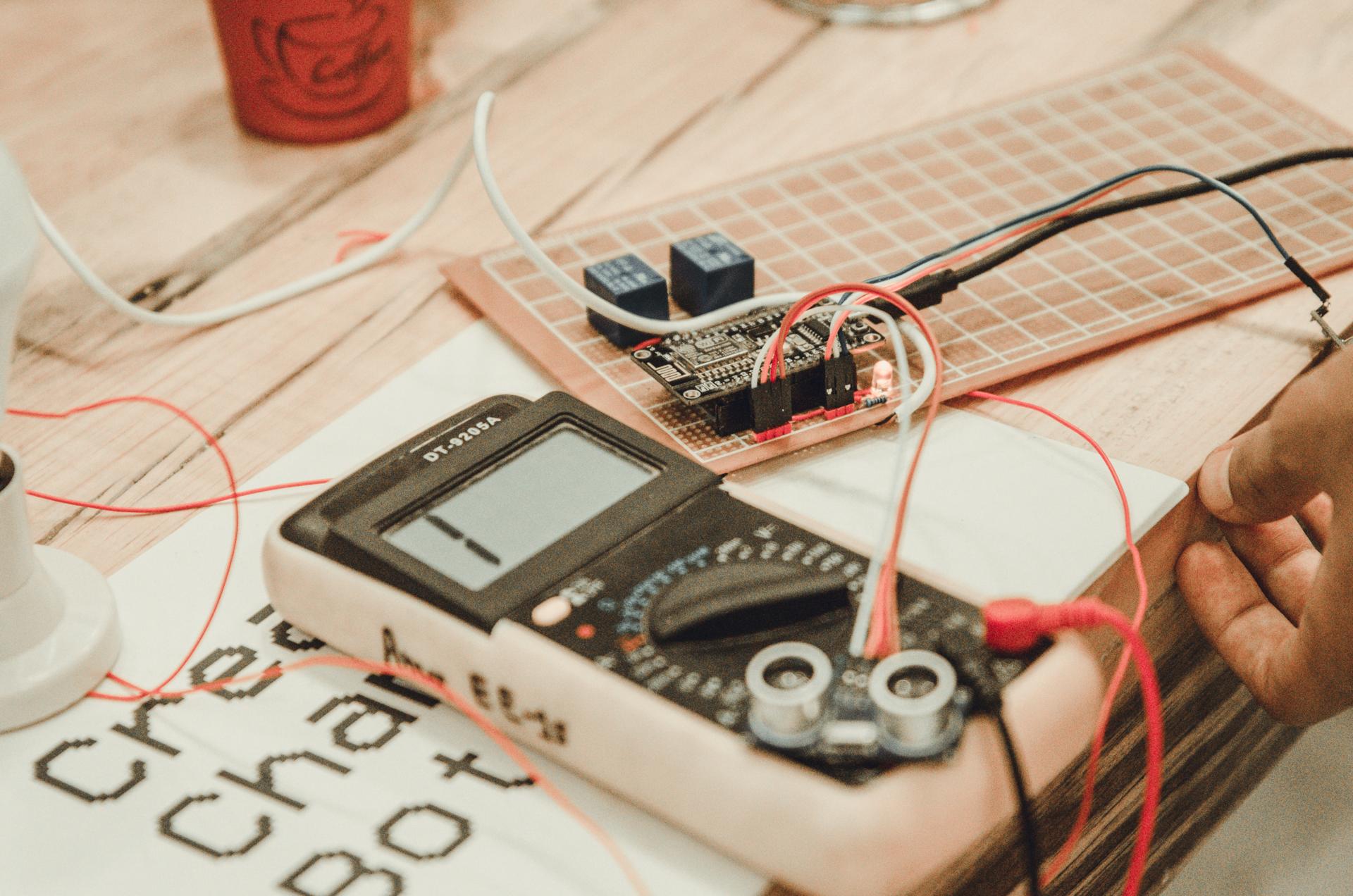Performing an Electrical Safety Test in Your Home: The Ultimate Guide

In terms of home security one of the most important aspects to be considered is electrical safety. Testing for electrical safety is the procedure of testing the electrical system of your home to be sure that it’s safe and current. In this article we’ll provide the basics of what the electrical safety tests are, what equipment you’ll need for conducting them, how to conduct the tests and the warning signs to look out for.
What’s what is an Electrical Safety Test?
An electrical safety test is the process of inspecting the electrical system within your home to ensure that it’s functioning safely and correctly. Safety tests for electrical appliances are crucial as they help to avoid electrical fires and accidents and also ensure the long-term durability that your electric system has.
Tools Needed to conduct an Electrical Safety Test
For conducting an electrical safety check, you’ll require a few basic tools. This includes an electrical voltage tester as well as a continuity tester, circuit tester along with the outlet tester. The voltage tester is used to check for live circuits, while the continuity tester is used to check for broken circuits. The circuit tester is used to detect wiring problems as well as outlets testers are used to check for electrical issues in outlets. It is essential to utilize these devices correctly to get exact results.
How to Conduct an Electrical Safety Test
To conduct an electric safety check at your home take these steps:
Shut off the power supply for the circuit that you’re testing.
Make use of your voltage tester to check for live circuits.
Utilize this continuity tester to test the integrity of your circuit.
Make use of the circuit tester to test for wiring faults.
Utilize the tester for outlets to check for wiring problems in the outlets.
When testing Be sure to check for any signs of damage or wear on the wires, such as damaged or frayed wires, burn marks or loose connections. If you find any issues, it’s important to address them as soon as possible to prevent any potential dangers.
Signs of Electrical Problems to be Watchful For
There are many indicators that may indicate electrical issues in your home. This includes flickering lights, frequent circuit breaker tripping, buzzing or crackling sounds from outlets, hot or discolored outlets and a smell of burning. If you spot any of these indications, you should act immediately to prevent possible electrical hazards.
Conclusion
Safety tests for electrical appliances are essential for ensuring your safety and family. By performing regular tests and taking care to address any issues immediately you will be able to prevent dangers to your electrical system and prolong the lifespan of your electrical system. If you need assistance with electrical testing and repairs, don’t hesitate to contact Local Electrician Adelaide. Our knowledgeable team will give you professional guidance and support. Contact us at 0488 822 774 to schedule an appointment or to request a quote.
FAQ Section
How often should I perform an electrical safety test at my home?
We suggest conducting electrical safety tests at least every year.
Do I have the ability to conduct an electrical safety test on my own , or do I need a professional?
While it’s possible to perform an electrical safety test on your own but it’s best to hire an expert to ensure the accuracy of results and avoid potential hazards.
What are the most common electrical problems found in an electrical safety test?
The most frequent electrical issues that are discovered during a safety test include defective wiring, circuits that are overloaded and outdated electrical systems.
What should I do if I discover a problem in the electrical safety test?
If you discover a problem during the electrical safety test It is crucial to act quickly. This may include making contact with an experienced electrician to fix the problem or replacing damaged equipment.
